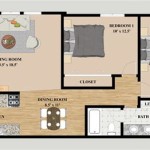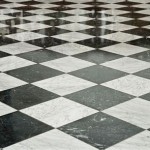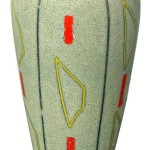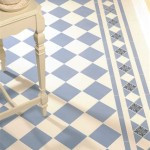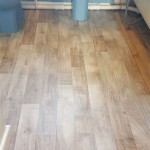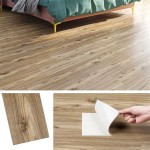Driveway to Garage Floor Transition
A well-executed transition from your driveway to your garage floor is essential for both the functionality and aesthetics of your home. A smooth and seamless transition ensures a safe and comfortable entry and exit from your garage, while also preventing water and debris from entering your garage. Here are some factors to consider when creating a driveway to garage floor transition:
Material Selection
The material you choose for the transition should be durable, slip-resistant, and able to withstand the weight of vehicles and foot traffic. Common materials include concrete, asphalt, and pavers. Concrete is a popular choice due to its strength and longevity, while asphalt is more flexible and less expensive. Pavers offer a more decorative option and can be customized to match the style of your home.
Slope and Drainage
The slope of the transition is crucial for proper drainage. It should be sloped away from the garage by a minimum of 1/4 inch per foot. This slope will allow water to drain away from the garage, preventing it from pooling and causing damage. Adequate drainage is essential to prevent water from seeping into the garage and causing problems with moisture and mold.
Height Difference
The height difference between the driveway and the garage floor should be minimized to create a smooth transition. Ideally, the driveway should be slightly lower than the garage floor, allowing vehicles to enter and exit without scraping the bottom. A height difference of no more than 1 inch is recommended.
Expansion Joints
Expansion joints are essential to accommodate thermal expansion and contraction, which can occur due to changes in temperature. Expansion joints should be placed at regular intervals along the transition to prevent the concrete or asphalt from cracking. They allow the material to move freely without damaging the surrounding surfaces.
Curbing
Curbing can be installed along the edge of the transition to provide additional support and definition. Curbing helps prevent vehicles from accidentally driving off the edge and also prevents water and debris from flowing into the garage. Curbing can be made from concrete, metal, or plastic, and can be customized to match the style of your home and driveway.
Aesthetics
In addition to functionality, the transition should also complement the aesthetics of your home and driveway. The material, color, and texture of the transition should be chosen carefully to create a cohesive look. Decorative elements, such as stamped concrete or colored pavers, can be used to enhance the appearance of the transition and add visual interest to your home.
Professional Installation
For a durable and long-lasting transition, it is recommended to hire a professional contractor to install it. A qualified contractor will have the experience and expertise to ensure that the transition is properly sloped, drained, and constructed to withstand the demands of daily use.
Large Step Between Garage Floor And Driveway Diy Home Improvement Forum

Why Is Concrete Garage Apron Important How To Protect It This Winter

Concrete Transitions All About Driveways

Using Diamond Plate Transition Strips For Your Garage Tile All Floors

Concrete Leveling Driveway Smooth Transition

Driveway Overlay Pros

Concrete Leveling Cleveland East Before After

How Should I Handle Gap And Erosion Of Garage Slab Hometalk

Driveway Overlay Pros

Driveway Overlay Pros

